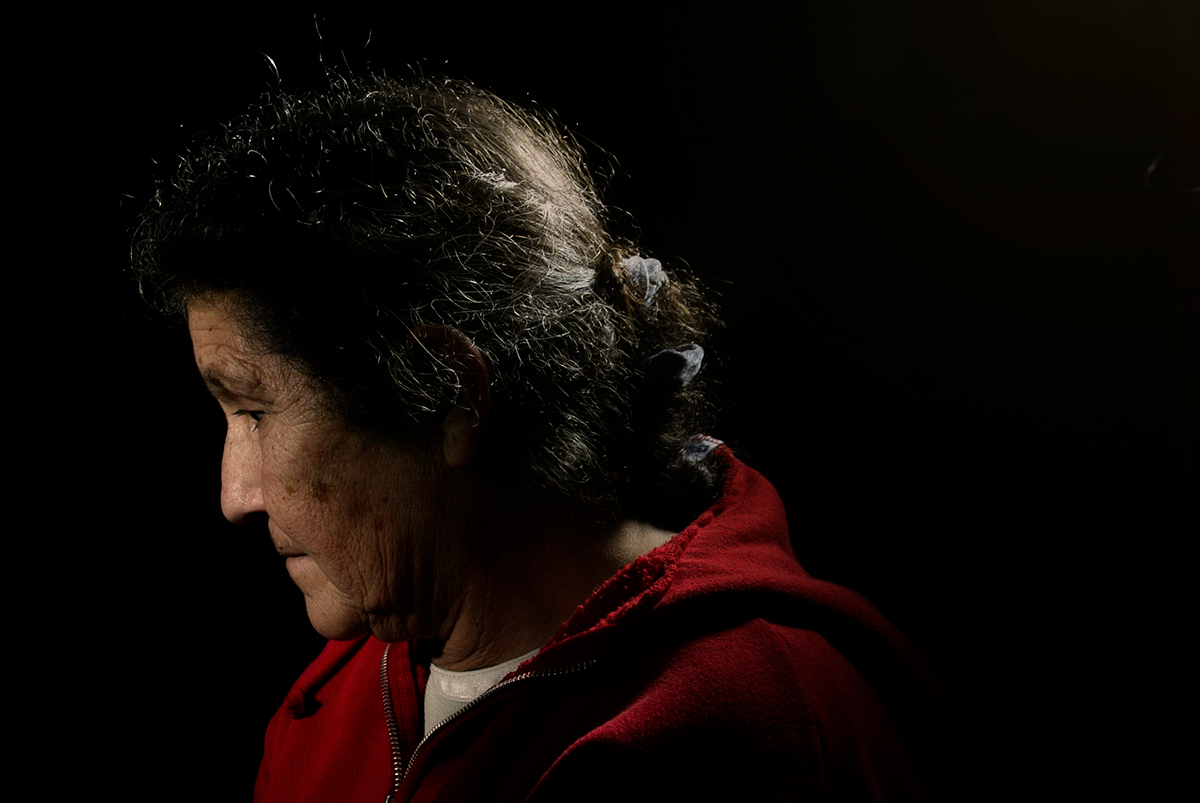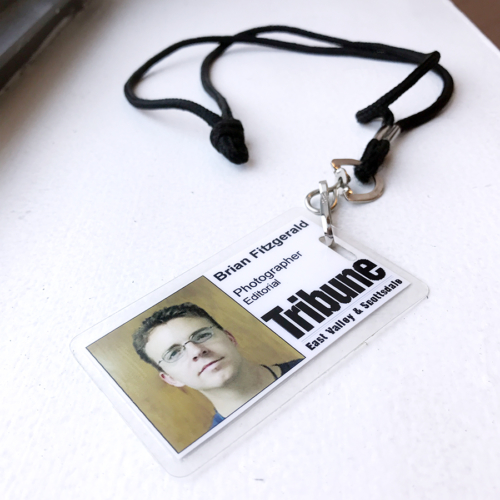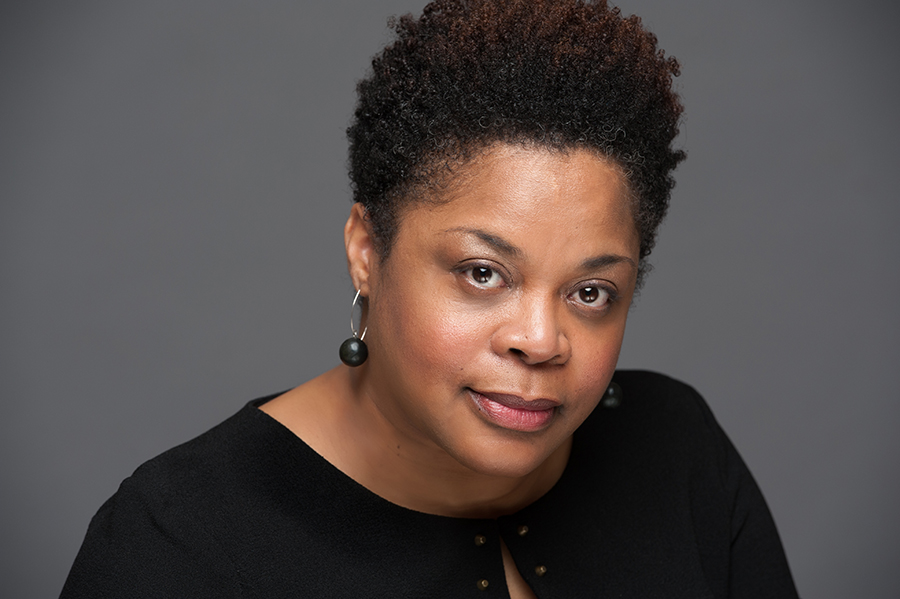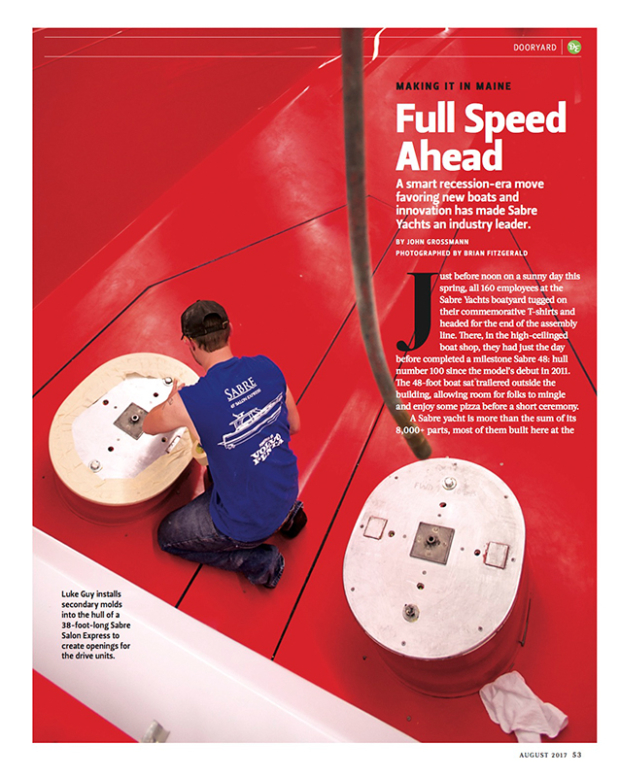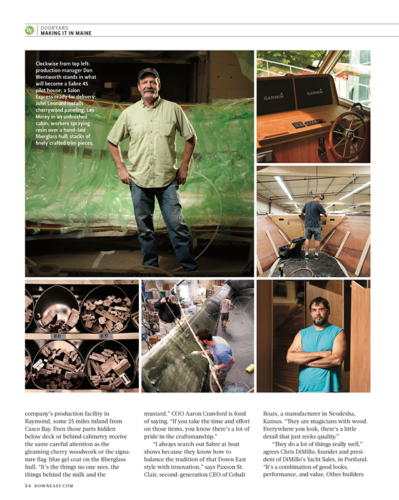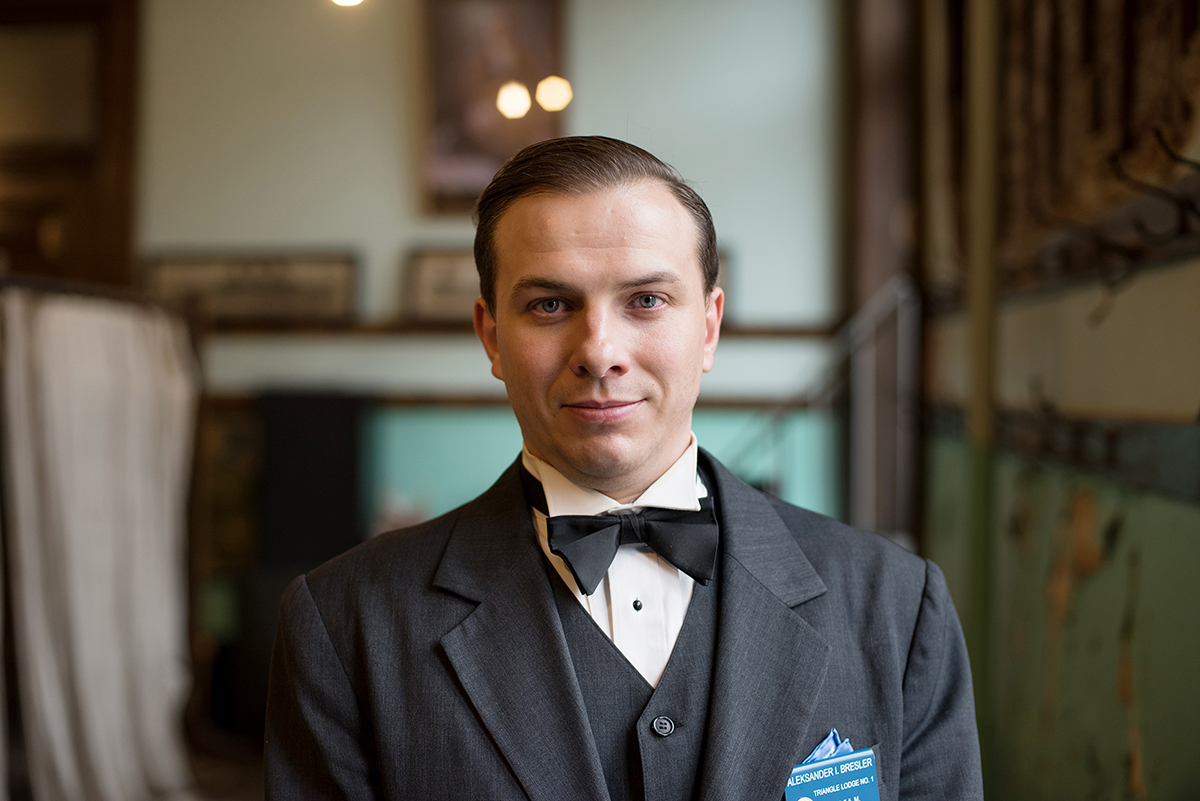
What makes a good image a great image?
Conventional wisdom is that great images should be perfectly formed, flawless, masterpieces of technical expertise combined with a singular artistic sensibility.
If that were true, Robert Capa’s blurry, darkroom-damaged images taken during the Allied landing on Omaha Beach on D-Day would have never seen the light of day.
Instead, they are considered among the most iconic images of the 20th century. Once seen, the haunting images are never forgotten.
Capa’s images are compelling not because they are perfect, but because they tell a story of the hardships, danger and drama of war.
Brands looking to create connection with fans should keep in mind that when it comes to great imagery, ‘story’ is Job One.
Visual content—whether still images or video—should reflect a unique brand story.
All the rest of it—technical aspects like framing, layering, rule of thirds—are just icing on the cake. For some brands, where refinement and elegance is part of their ‘story’, such precise technicality becomes a critical part of their story. For other brands, images that are too highly polished and contrived would be out of place.
So when you think about your brand and the images you’d choose to represent it, think first about what your brand story is and approach your content creation with that story in mind.
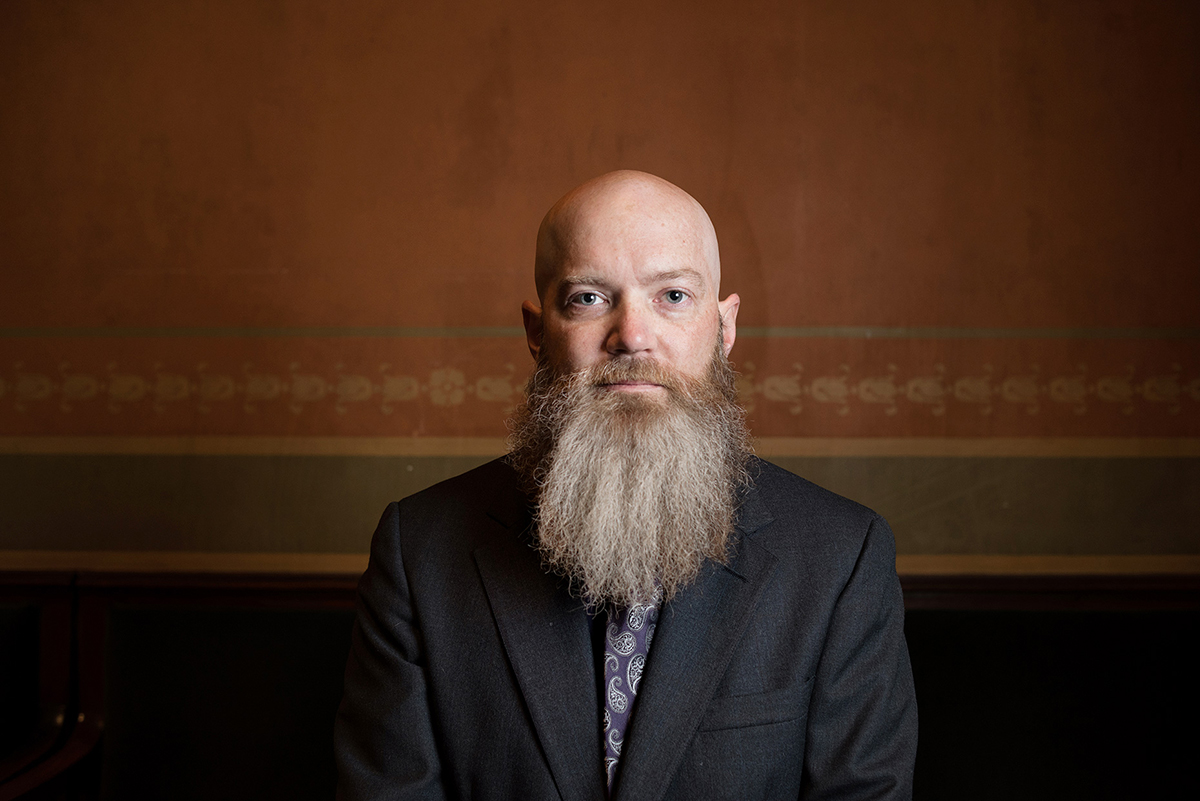

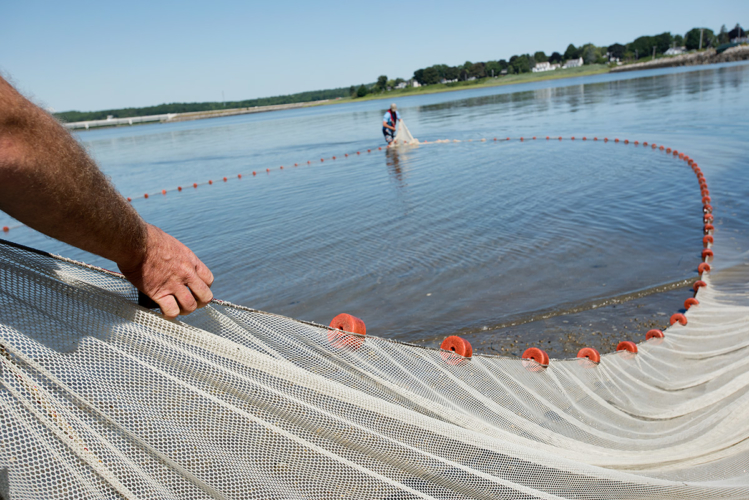
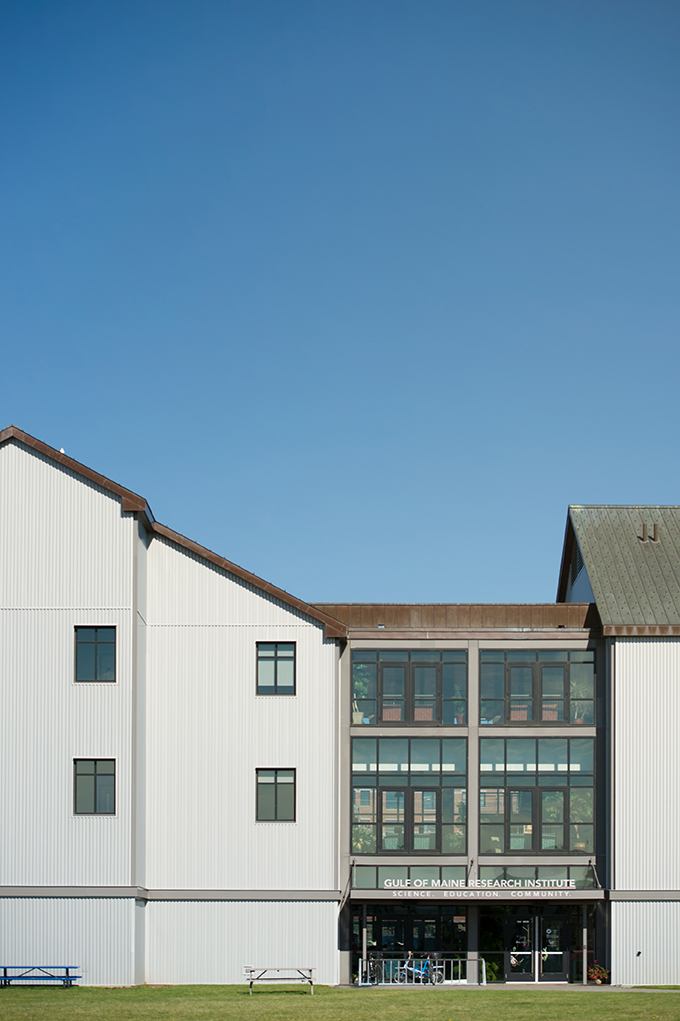
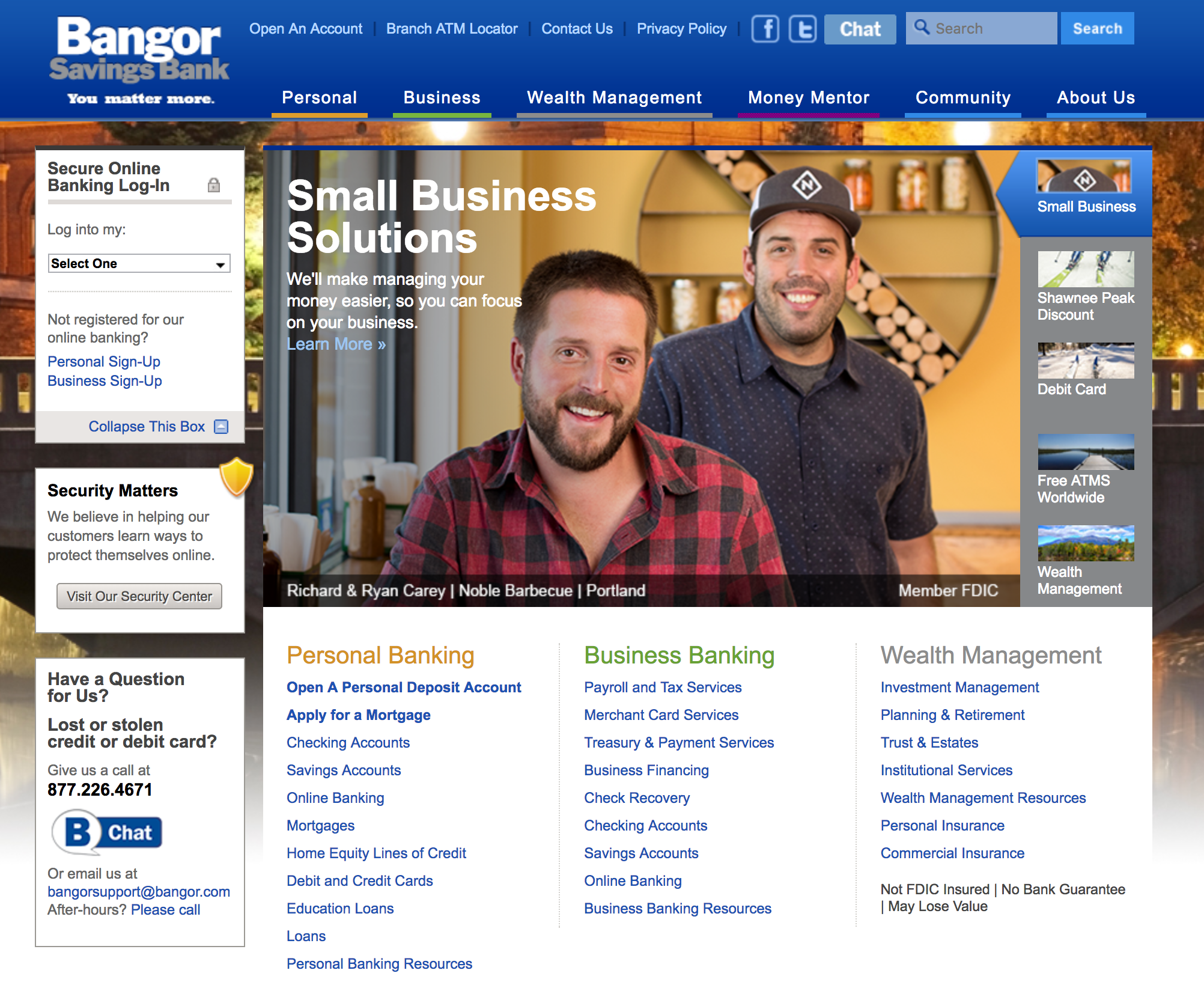
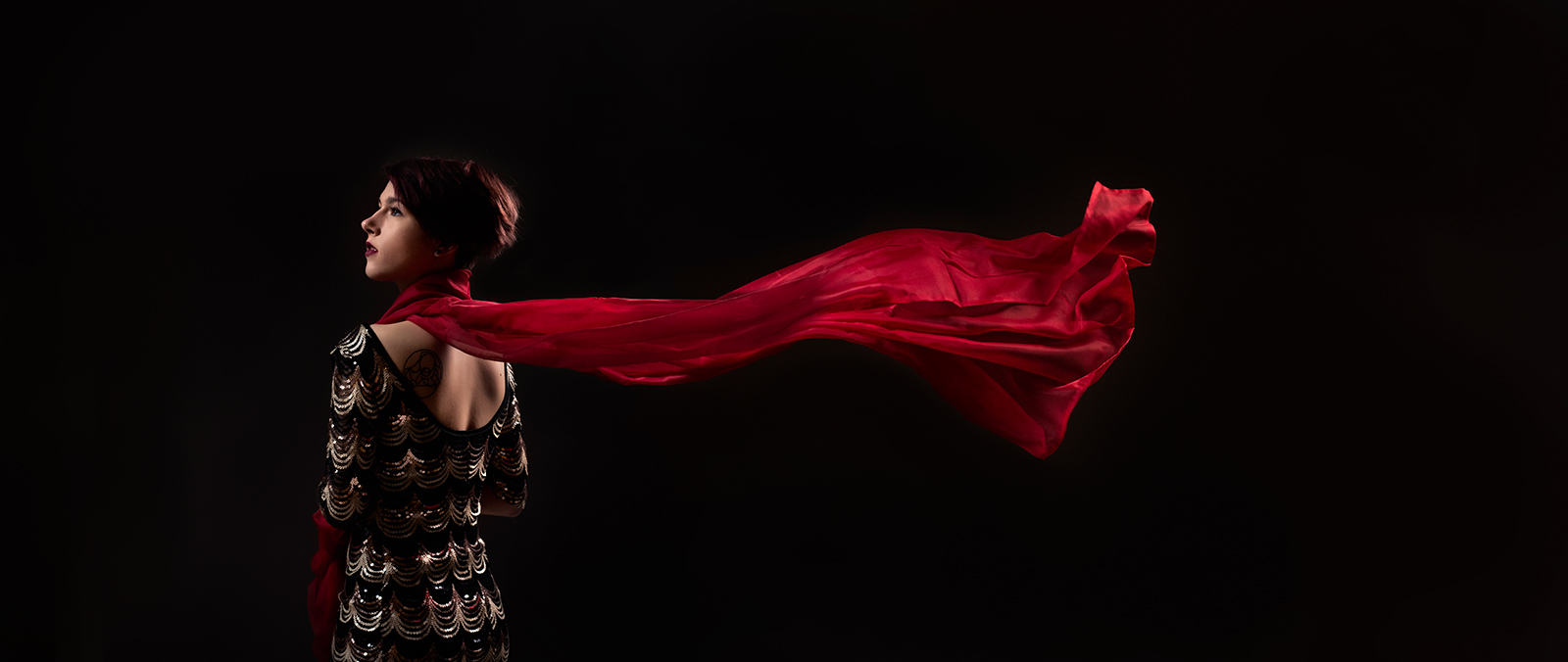
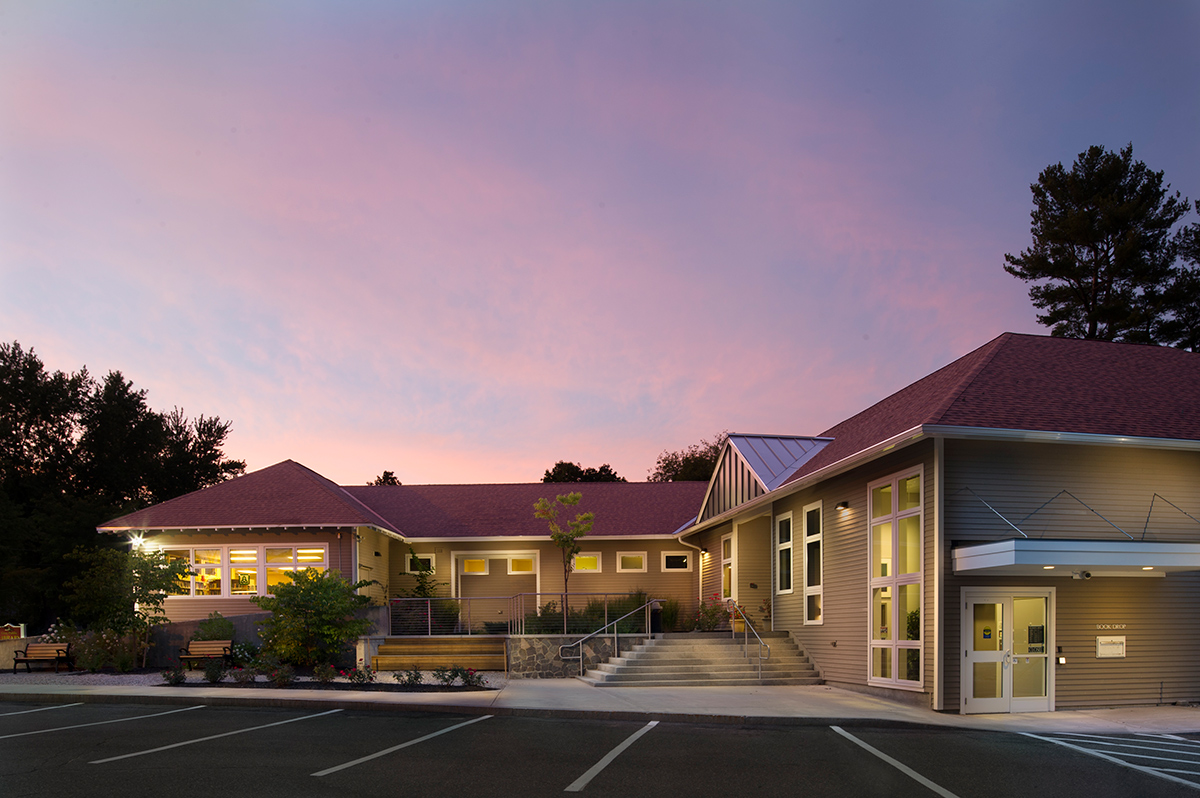
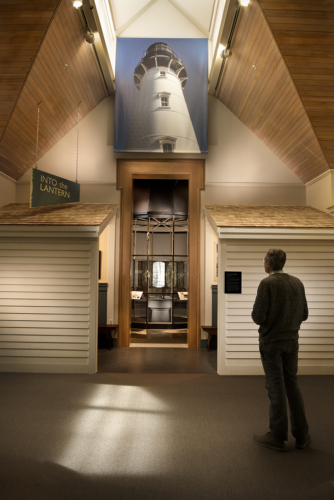
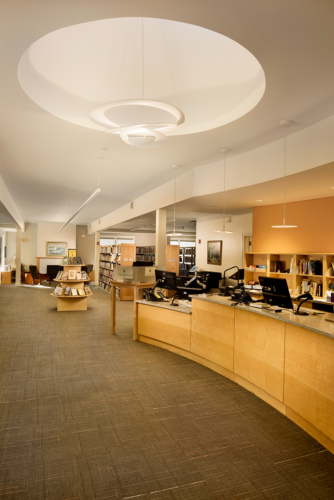
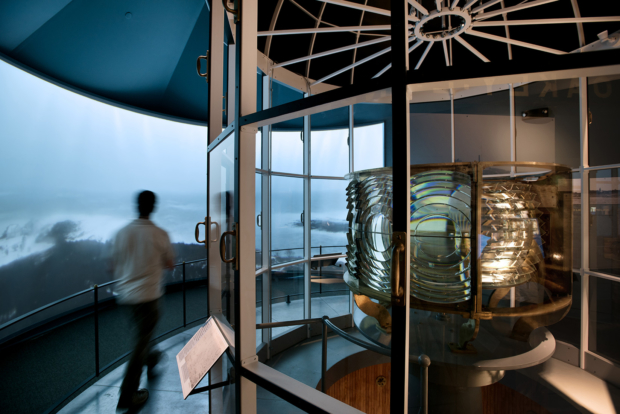
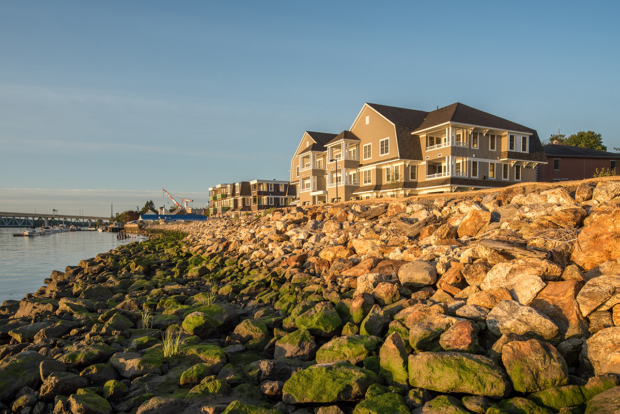
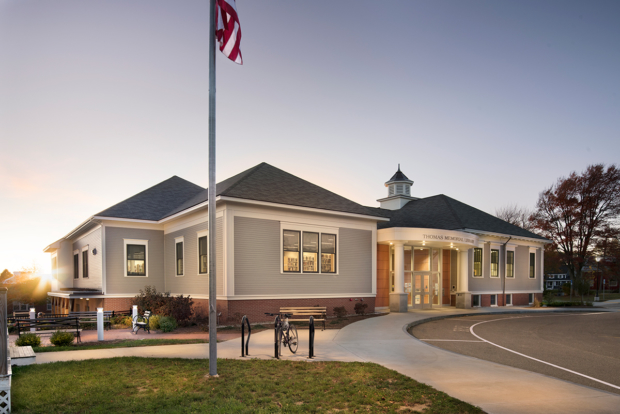
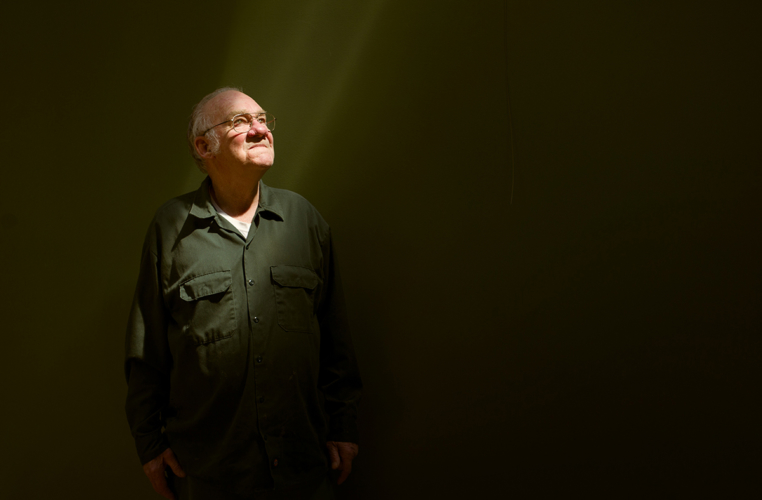 This spring and summer I had the pleasure of working with the amazing
This spring and summer I had the pleasure of working with the amazing 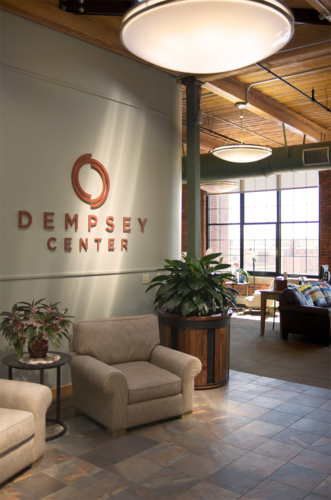
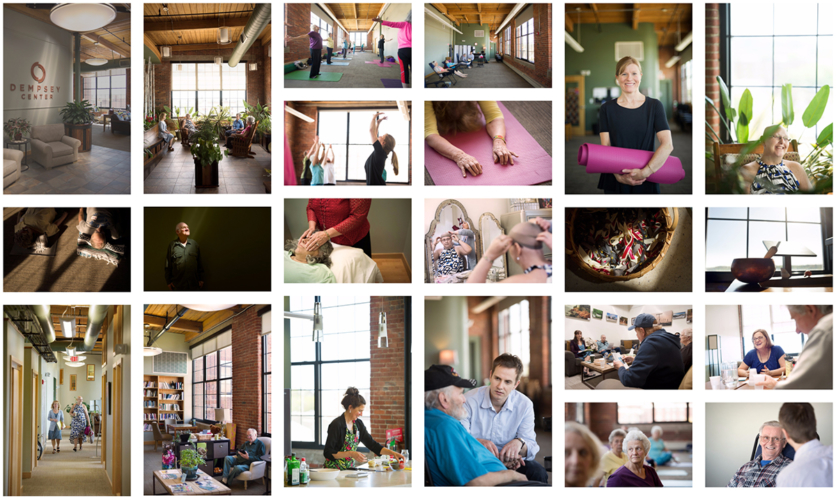
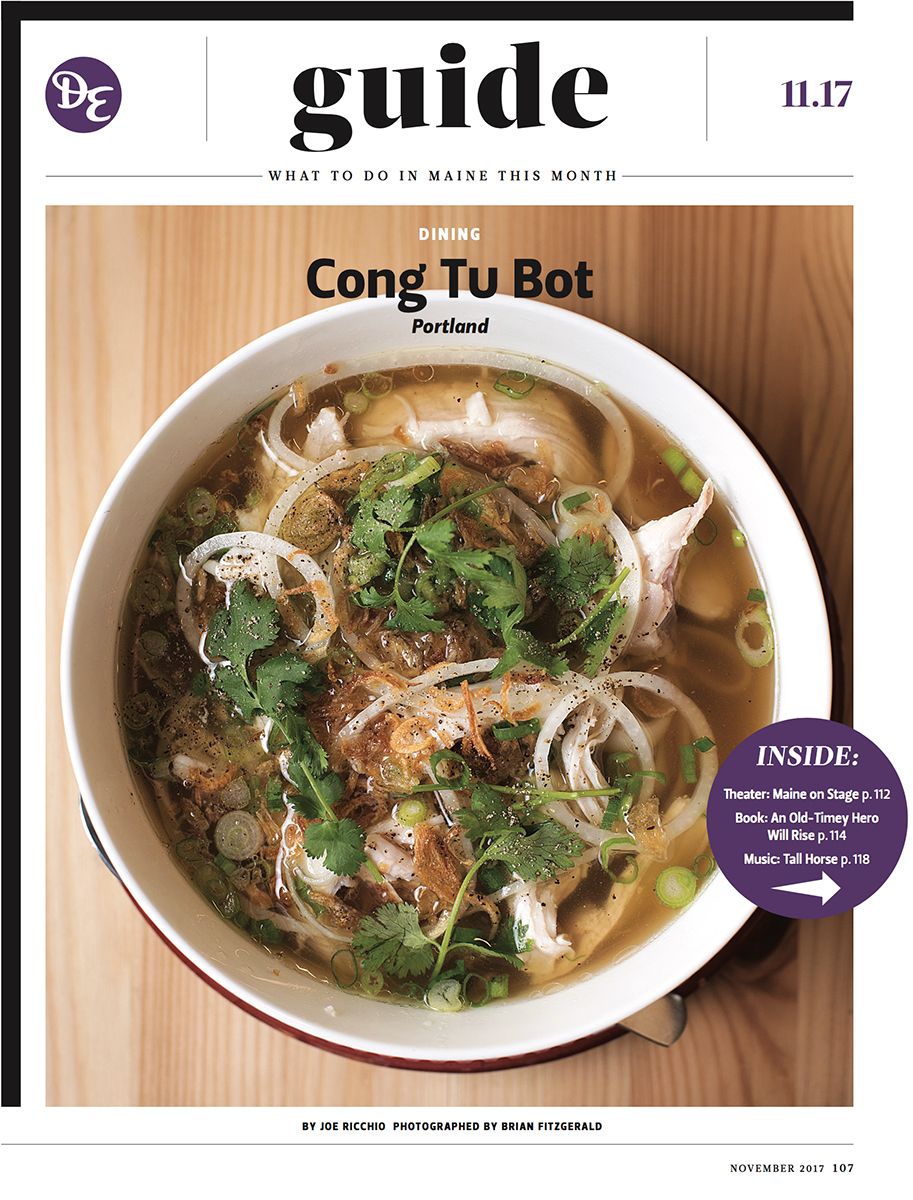
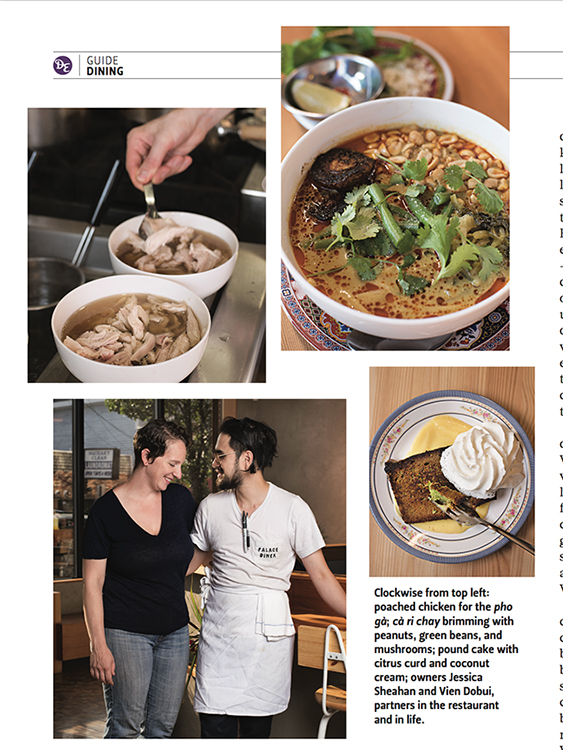

 Map a Pic
Map a Pic Sun Seeker
Sun Seeker  Cam Ranger
Cam Ranger Too many to list here, but I’ll mention one:
Too many to list here, but I’ll mention one: 